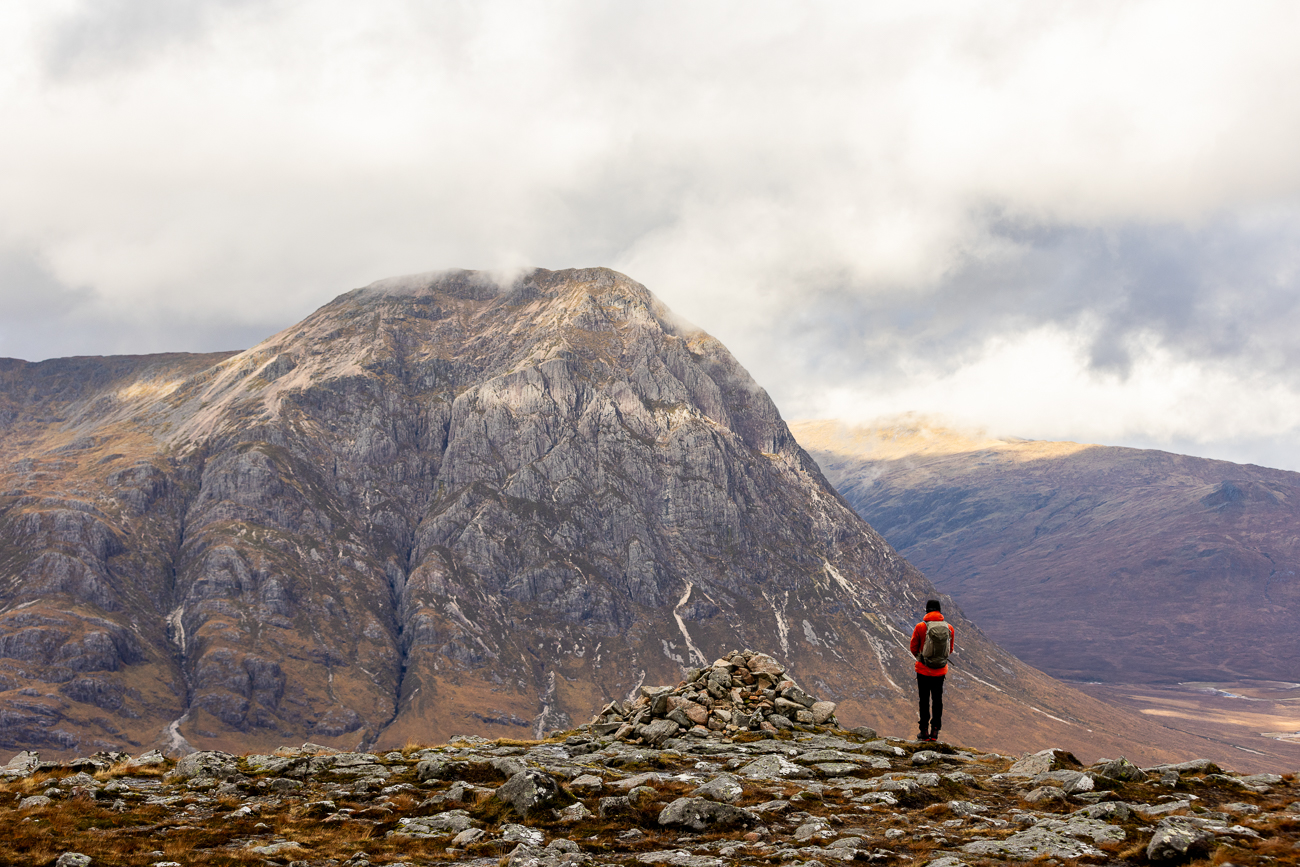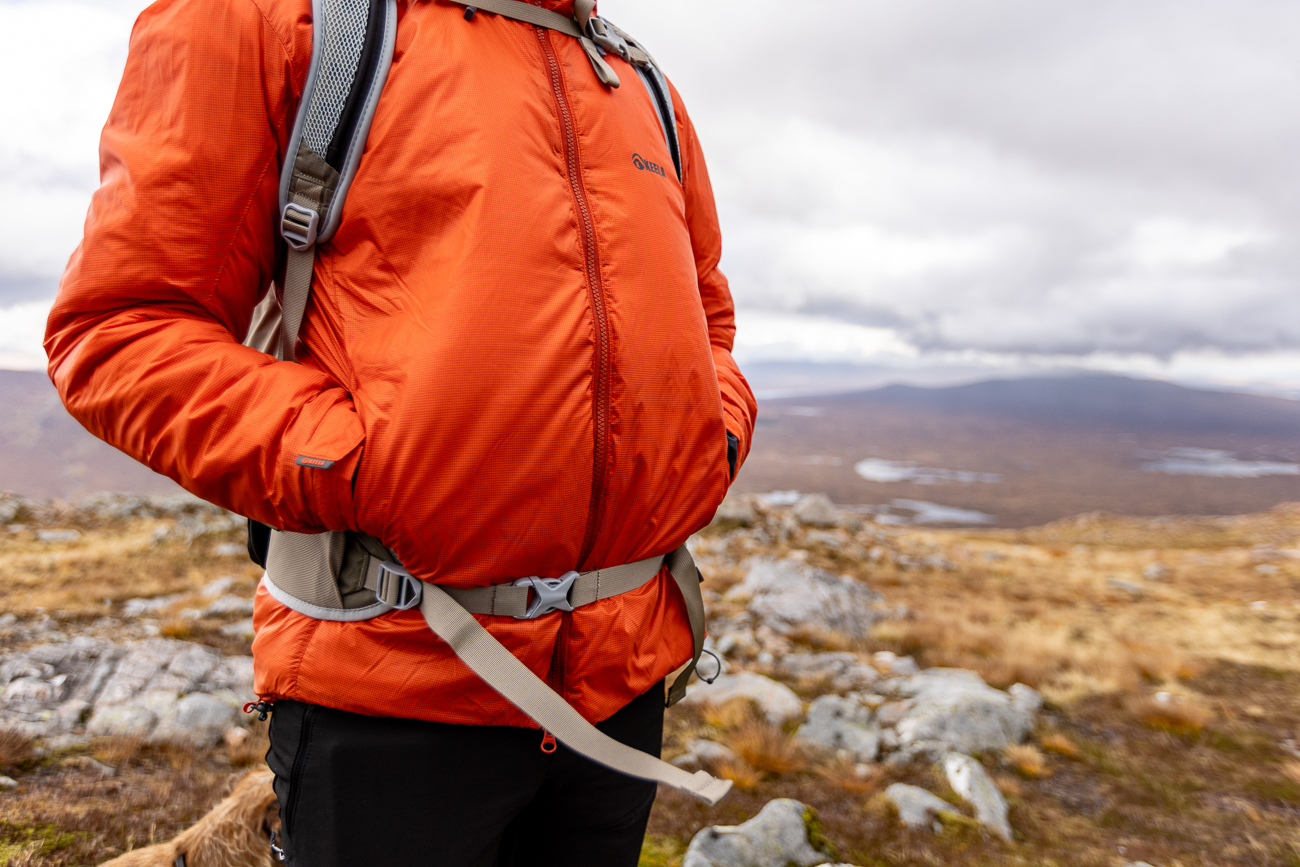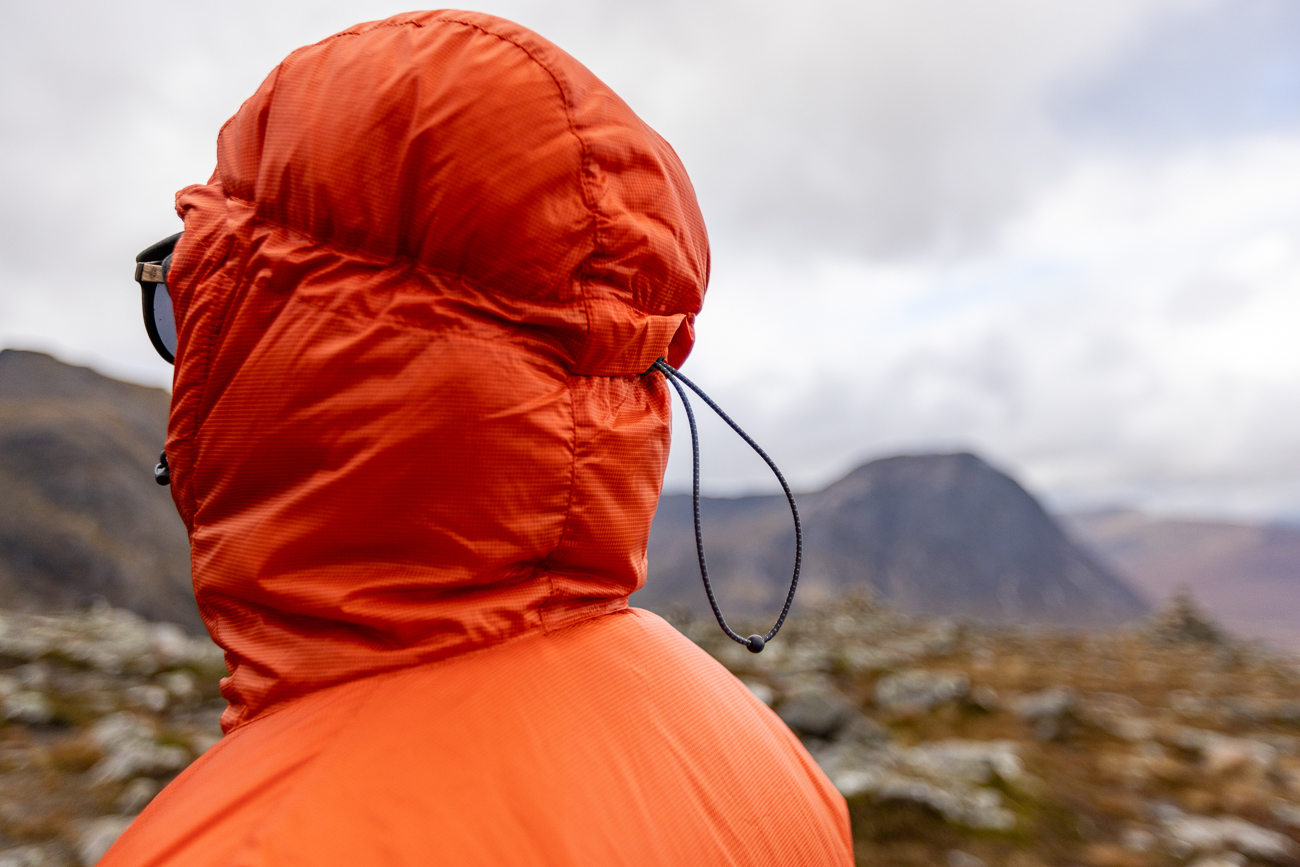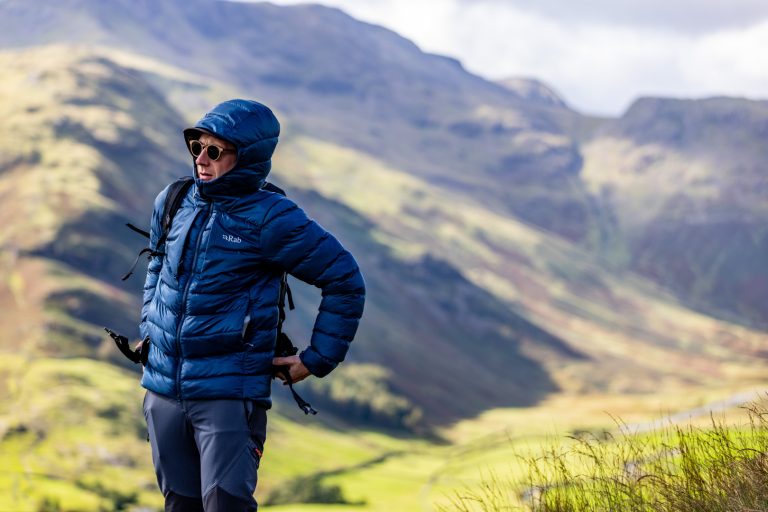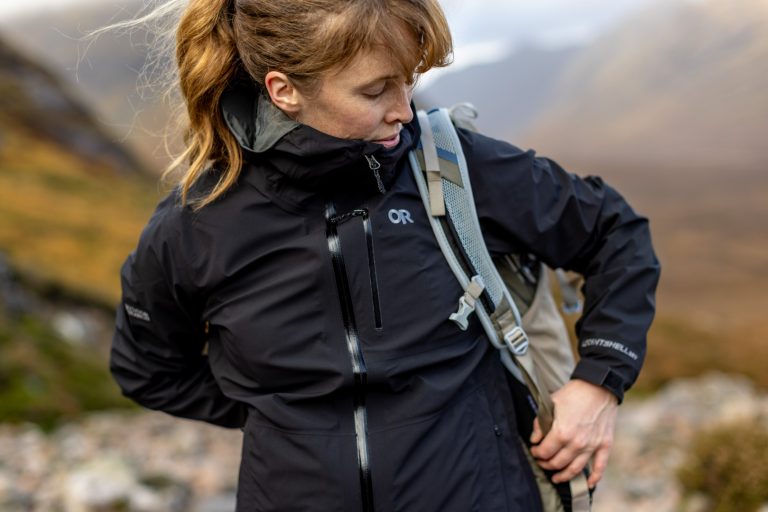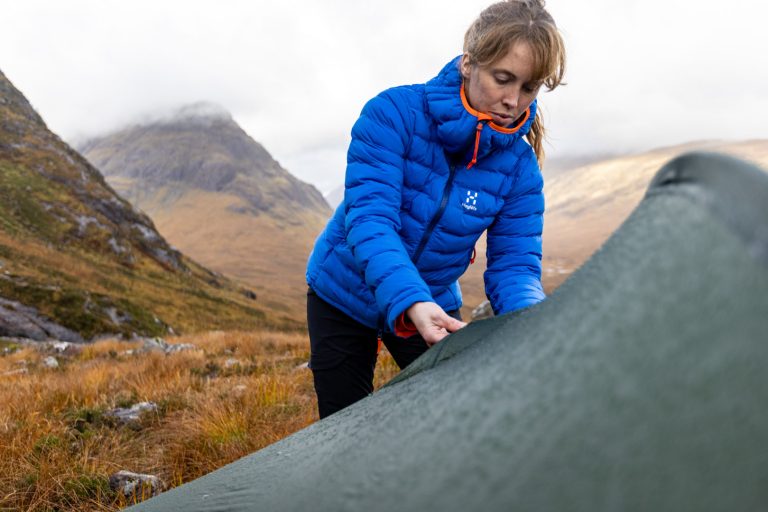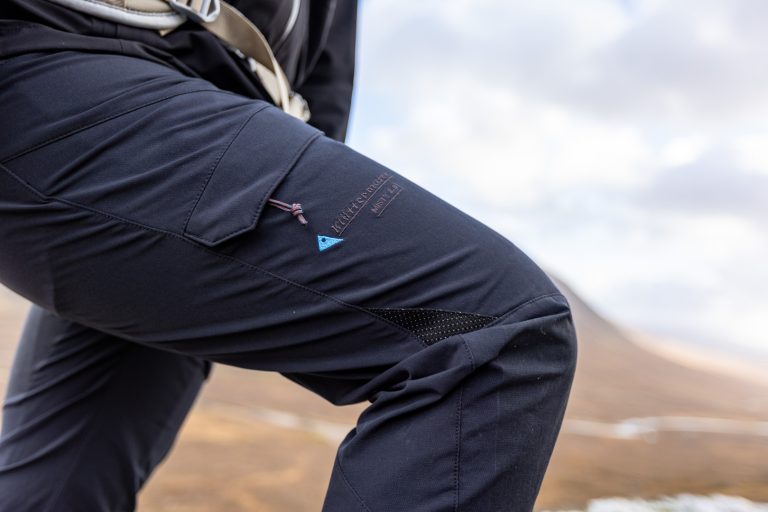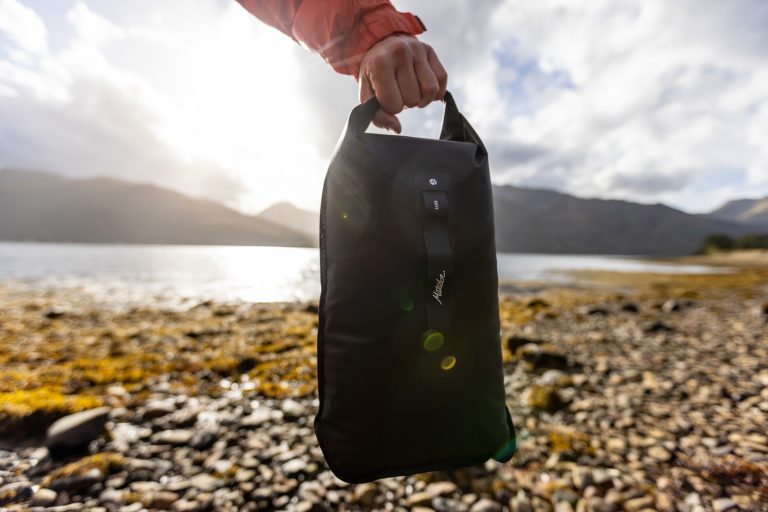This insulated jacket, the Keela Solo, is a serious winter warmer. Made with details that qualify it as a belay jacket, I’ve actually found it’s the kind of thing that’s perfect for a number of different types of pursuits. I’ve been using it in the mountains around Glencoe, Glen Etive and Glen Nevis recently. Here’s how I got on with it.
Performance
First of all, what I’d say about this is that it feels, looks and performs like some jackets I’ve tried that are far higher in price. That’s one great thing about Keela, they make kit that’s fine-tuned for performance but without the eye watering price tags – the Keela Talus and the Keela Pinnacle are other examples there.
This is filled with quality PrimaLoft Gold fill, and lots of it – 133 gsm to be precise. That puts it in the mid to heavy weight category of insulated jackets. I’ve used a lot of products with this type of synthetic insulation over the years and I rate it highly. It makes for jackets that loft, insulate and pack down just like down jackets, with similar warmth-to-weight ratios too, but they’re also able to provide insulation in wet conditions – even when the garment is soaked through. That’s something that can’t be said for down filled jackets, at least not with ones that don’t have some form of hydrophobic treatment. I tried out a lot of jackets during my recent trip to Scotland and this was the one I turned to when I was coldest. Pull it on and it provides instant warmth.
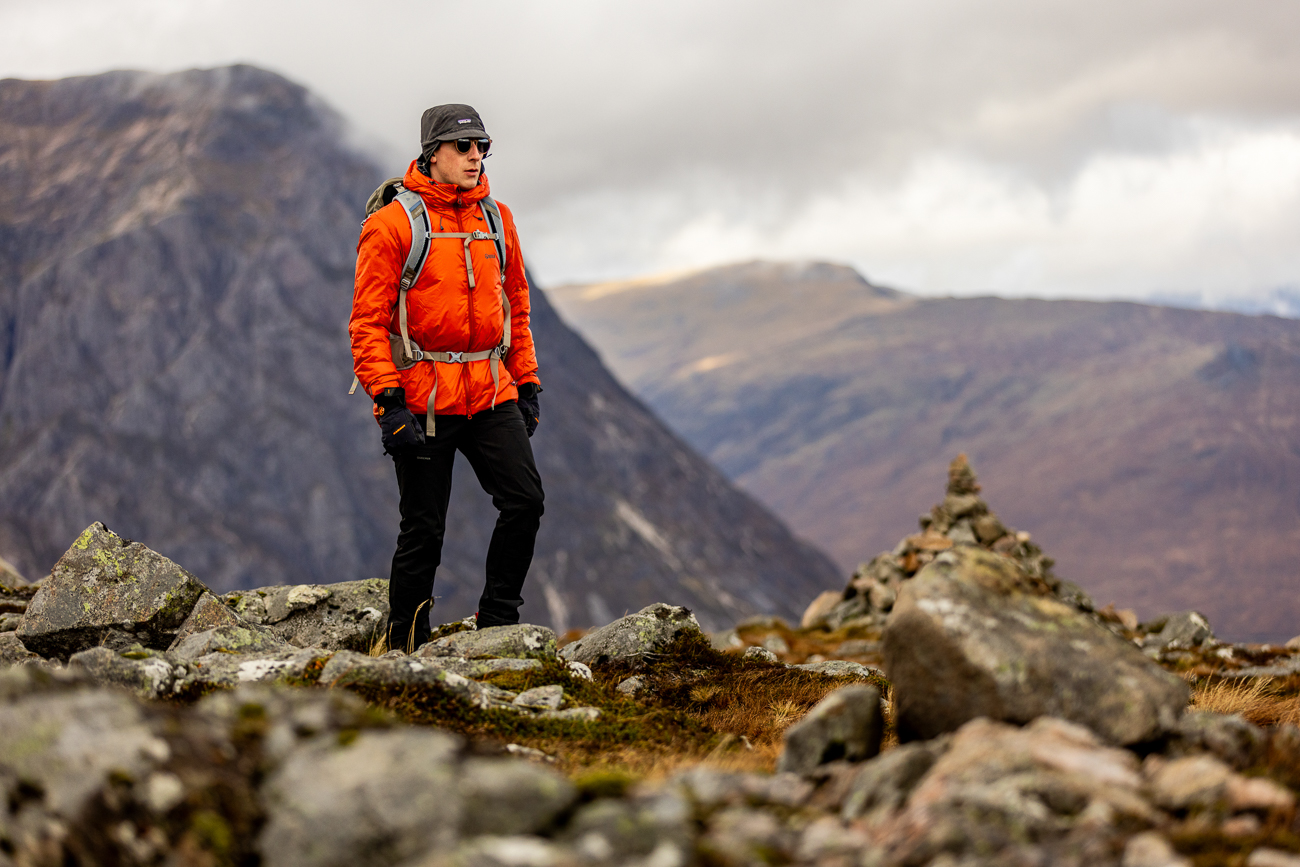
On the shorter trips I even found I could forgo wearing a waterproof jacket when the rain picked up, as I knew the Solo would do a good enough job to keep the moisture out. The water resistant synthetic fill obviously helps there but the shell fabric pulls its weight too. It’s made from something called Flylight Ultra which uses Cordura, a durable, high-performance fabric known for its resistance to abrasions, tears, and scuffs. The version used here is lightweight, but I’ve found it to be durable enough to withstand light scrapes against rock and it seems to be able to stand up well to the straps of a heavy backpack too. I can see it lasting well.
The hood is insulated and it has a broad peak that’s wired so you can mould it to preference for optimal coverage. There’s also plenty of volume adjustment. The orange version, which is the one I tested, isn’t helmet compatible but if you get the red colourway, which is designed with mountain rescue teams in mind, that version is helmet compatible.
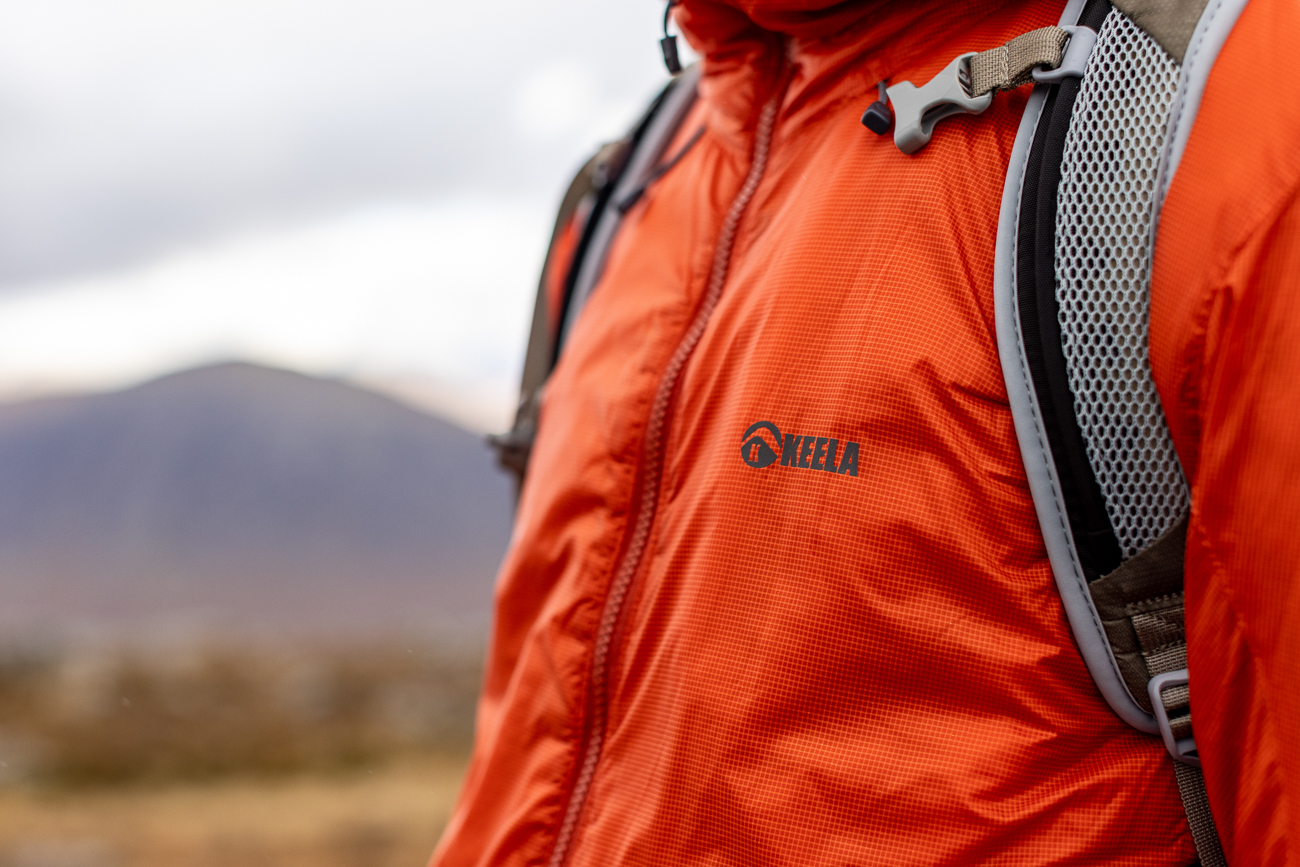
It offers two deep handwarmer pockets with a comfortable lining inside them. They can be accessed when you’re wearing a backpack with a hipbelt or a climbing harness. There’s also an internal pocket that’s big enough to hold an unfolded OS map. It has a two-way zip, there’s toggled adjustment at the hem and then comfortable adjustable cuffs too. I found I could comfortably pull the jacket on without having to remove my pair of chunky winter gloves.
The whole thing can be compacted down to about the size of a large grapefruit. It doesn’t come with a stuff sack and it’s not designed to pack into its own pocket, but you can purchase a stuff sack separately for £6.95.

